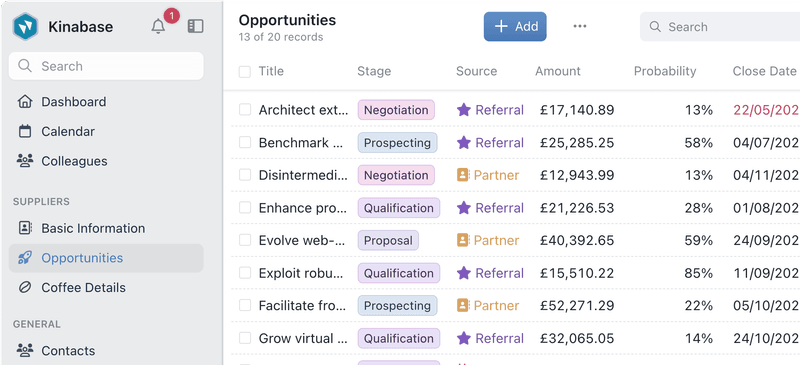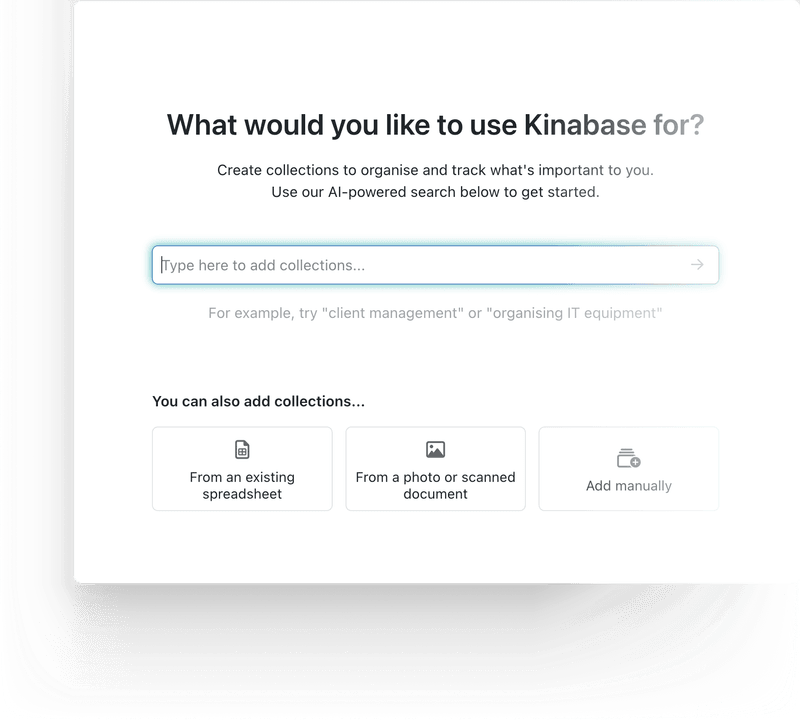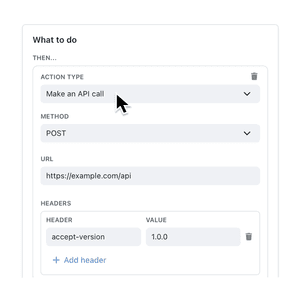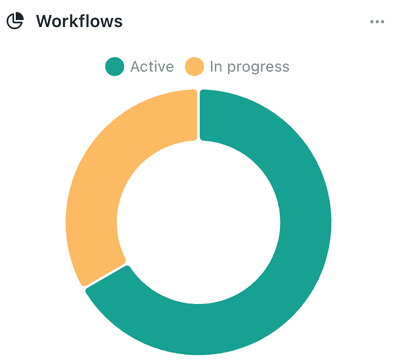
Discover Kinabase

Trusted by organisations worldwide








Explore Kinabase features
Simple from the start
Kinabase keeps things simple from the start, and only adds complexity when you actually need it. It's a dynamic headquarters where data, tasks and teams converge.
Collections are lists of things you want to organise. These can be anything from companies and contacts, to expenses, vehicles and equipment.
Store every detail in a record—customers, notes, docs, tasks—all in one place.
Automate, add dashboards, or explore AI analytics anytime—Kinabase stays simple as you scale.
AI behind the scenes
Kinabase uses cutting-edge AI to streamline workflows, automate repetitive tasks, and provide actionable insights—all while keeping human expertise at the center.

Behind-the-scenes efficiency
Seamlessly extract data from emails, images and PDFs, auto-generate KPI charts and categorise information—saving hours of manual work every week
Secure & ethical
High-grade encryption, UK data residency and GDPR compliance keep your information safe. Your data never trains public models, and every insight is optional.
People-first design
AI augments human expertise: suggestions are transparent, reversible, and always under your control, so teams work smarter with full confidence.
Behind-the-scenes efficiency
Seamlessly extract data from emails, images and PDFs, auto-generate KPI charts and categorise information—saving hours of manual work every week
Secure & ethical
High-grade encryption, UK data residency and GDPR compliance keep your information safe. Your data never trains public models, and every insight is optional.
People-first design
AI augments human expertise: suggestions are transparent, reversible, and always under your control, so teams work smarter with full confidence.

Turn your words into the system you need, instantly.Turn your words into the
system you need, instantly.
Built for scale and security
Structured for security
High-grade encryption, granular permissions and GDPR compliance keep your data safe.
Always-on reliability
99% uptime SLA and multi-zone UK hosting give you predictable performance every day.
Evolves with your business
Over 50 field types - including scientific units - let you model any workflow as you grow
Connect your favourite tools
Native integrations and REST API for files, email and more mean no more double-entry
Explore integrations
Connect external apps with API automations
Kinabase Automations now include a new “Make an API call” step, letting you trigger any external HTTP endpoint straight from your workflows. Pass dynamic data, set headers, and choose the method (GET, POST, PUT, PATCH or DELETE) – no code needed. It’s the fastest way to sync Kinabase with external tools or bespoke systems.

Sleigh Bells and Stock Levels: How a Single Source of Truth Streamlines
Turn seasonal pressure into a plan for durable, data-led advantage for a smoother transition into a smarter Q1.

How Cambridge Support Optimised Their IT Services with Kinabase
As Cambridge Support's business grew, they needed management software that could grow with them. Tired of paying high costs for custom solutions that didn't fit their needs, they searched for a configurable product that aligned with their unique specifications - and found Kinabase.
Real people, real support.
Need help? We pride ourselves on our Cambridge-based support team, and we're here to guide you from first login to advanced automation, whenever you need us.
Real people, real support.
Need help? We pride ourselves on our Cambridge-based support team, and we're here to guide you from first login to advanced automation, whenever you need us.









